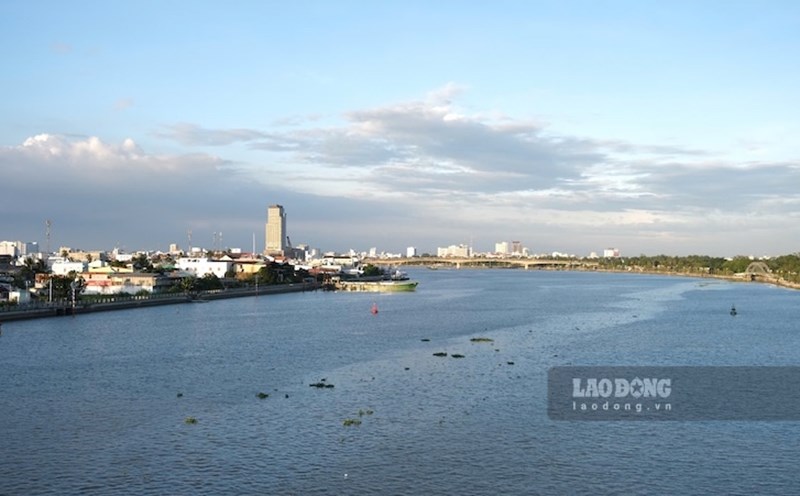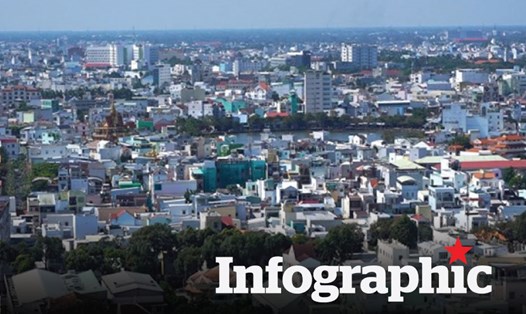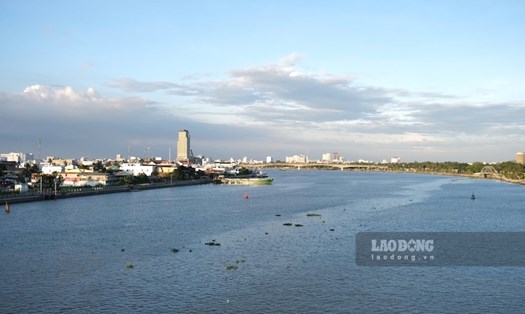According to Resolution No. 60-NQ/TW, on April 12, 2025, at the 11th Conference of the 13th Party Central Committee, Can Tho City will merge with Soc Trang Province and Hau Giang Province; named Can Tho City, the political - administrative center located in the current Can Tho City.
This historic decision not only marked a turning point in administrative organization but also reminded these 3 localities that were once closely linked under the common roof named Hau Giang province.
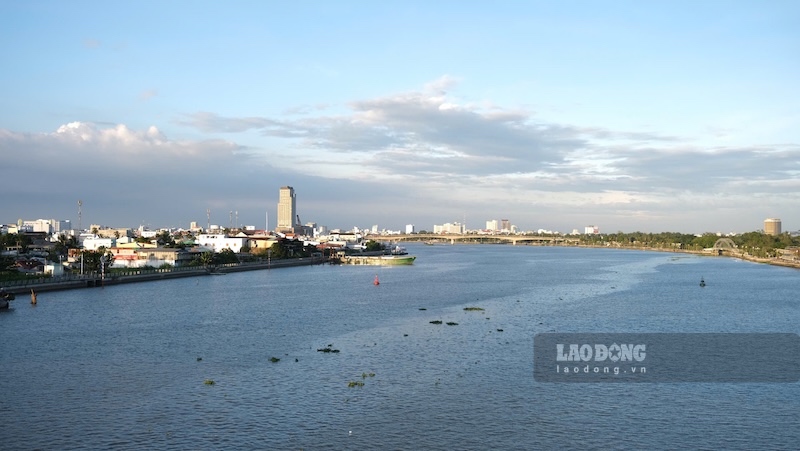
According to the Can Tho City Electronic Information Portal, the Can Tho land was opened in 1739 under the name Tran Giang. Recognizing the strategic position of Tran Giang in protecting Ha Tien, the Governor-General of Mac Thien Tich has focused on building this place in all aspects.
On January 1, 1868, the French colonial government merged Phong Phu district (Tran Giang - Can Tho) with Bai Sao (Soc Trang) into a district and placed the father palace (ad administrative headquarters - PV) in Sa Dec.
After the Geneve 1954 Agreement, the American empire turned South Vietnam into a new-style colony. Since then, the administrative boundaries of Can Tho province under the old regime in the South have changed a lot. In 1956, Ngo Dinh Diem government decided to change the name of Can Tho province to Phong Dinh province.
After the liberation of the South and national reunification, the Government issued Decree No. 03/ND-76 dated March 24, 1976, merging Can Tho province, Soc Trang province and Can Tho city to establish a new province called Hau Giang, the province of Can Tho city.
In December 1991, the National Assembly of the Socialist Republic of Vietnam (8th tenure) issued a Resolution to separate Hau Giang province into Can Tho province and Soc Trang province.
On January 1, 2004, Can Tho province separated into Hau Giang province and Can Tho city. Since then, Can Tho has been a centrally-governed city.
According to the Hau Giang Provincial Electronic Information Portal, before 1975, Hau Giang land included Long My district (Rach Gia province) and Phung Hiep (Can Tho province). After 1975, Hau Giang province was established on the basis of merging the previous provinces of Phong Dinh, Ba Xuyen, and Chuong Thien.
On November 26, 2003, the National Assembly of Vietnam passed Resolution No. 22/2003/QH11 on the division and adjustment of administrative boundaries of some provinces. Accordingly, Can Tho province was divided into Can Tho city under the Central Government and the current Hau Giang province.
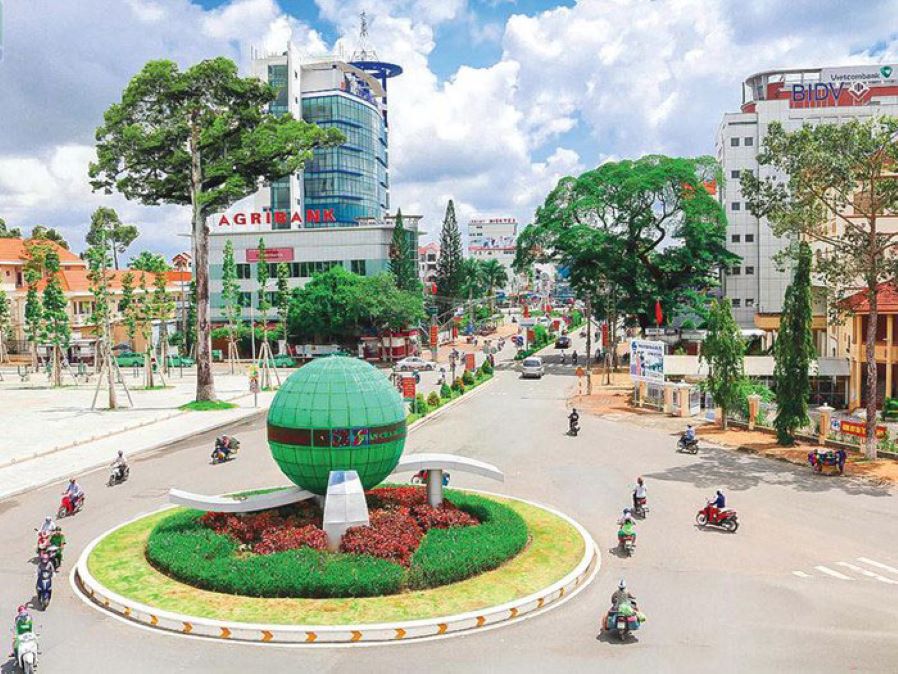
Regarding Soc Trang province, according to the Soc Trang Provincial Party Committee's Electronic Information Page, this land was originally in Ba Thac area, Vinh Thanh town.
In 1832, King Minh Mang divided the Southern partition into 6 provinces including 3 eastern provinces (Gia Dinh, Bien Hoa, Dinh Tuong) and 3 western provinces (Vinh Long, An Giang, Ha Tien). Soc Trang land in Vinh Long province. In 1835 Ba Thac land (ie Soc Trang land) was merged into An Giang province, establishing Ba Xuyen province.
By 1876, France divided the entire South into 4 administrative regions including Saigon, My Tho, Vinh Long, Bat Sac (Bassac). Each large administrative region was divided into many sub-regions, Soc Trang sub-region in Bat Sac area. In 1926 the French colonialists divided Soc Trang province into 4 districts (Chau Thanh, Ke Sach, Long Phu and Phu Loc).
Decree No. 31/ND, dated February 21, 1976 of the Provisional Revolutionary Government of the Republic of South Vietnam stipulates the dissolvement of the zone level and the consolidation of a number of provinces. Soc Trang province merged with Can Tho province and Can Tho city to form Hau Giang province.
At the 10th session (8th tenure) of the National Assembly of the Socialist Republic of Vietnam on December 26, 1991, it was decided to separate Hau Giang province into Soc Trang and Can Tho provinces. Soc Trang province officially came into operation in early April 1992.


